Kale is a typical green. It thrives in cool temps, and usually stops producing its best flavors once the weather turns hot.

Gardeners who want the largest possible greens harvest know that a spring and fall planting can optimize the best climate and create delicious, mild-tasting leaves without the plant bolting.
But what about when it turns bitter cold?
Certain varieties were meant to flourish when the first cold snap hits in the fall.
Developed for regions of the world where the growing seasons are shorter and more extreme, these cold-weather kales offer the best outcome for northern growing zones.
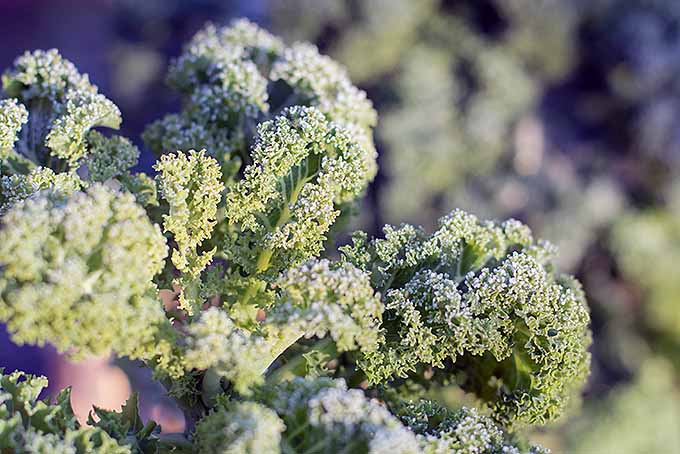
They give home growers a few more weeks to harvest fresh leaves, and get more greens into their fall and winter diets. As home growers, this is something that all of us can get behind!
6 Best Cold Weather Breeds
1. Lacinato (Dinosaur)
This bumpy, rough, and dark green cultivar is a champion of cold-weather varieties. Its leaves become sweeter and more pleasant after the first hard frost.
Known for versatility, it can be sauteed, steamed, or served raw in salads.
Lacinato seeds are available in a variety of packet sizes from True Leaf Market.
Read more about growing Lacinato here.
2. Dwarf Siberian
Developed in countries with some of the coldest temps, this is a true winter winner!
It has thick, curly leaves that are juicy when young and easily resist the nip of frost.
Even the tough, overgrown leaves can be tasty; serve them in stews and casseroles all year long.
Dwarf Siberian seeds are available from True Leaf Market.
3. Vates Blue Scotch Curled
Blue Scotch Curled does very well in winter test plots, and this particular breed is no exception.
Vates Blue Scotch Curled Seeds
This is the variety often seen on the side of restaurant dishes, as it’s durable enough to be used as a garnish. When picked young, however, it has a more delicate texture and one of the most subtle broccoli flavors of all the kales.
You’ll find seeds at True Leaf Market.
4. Premier
Looking for an option designed to be overwintered and picked tender in the spring?
The Premier cultivar is the perfect solution. With a lighter texture and smooth leaves, it’s a mild way to introduce kale to pickier palates.
Get Premier seeds now, available from True Leaf Market.
5. Red Russian
A true Russian breed, the beautiful purple-veined leaves of this red plant are cold tolerant to -10 degrees Fahrenheit!
This is a nutrient-dense plant prized for its highly-textured, frilly leaves.
You can purchase ‘Red Russian’ seeds from True Leaf Market.
6. White Russian
Rumored to be the most tolerant to freezing temps, White Russian leaves can be picked very early for a succulent baby green salad.
Those in short growing windows will have no trouble with this fast-growing plant, whose leaves sweeten as the temperatures drop.
White Russian seeds are available from Eden Brothers.
The Best Time to Plant
While winter kales do best in cold weather, they are appropriate to enjoy at any time.
Spring gardeners favor their flavor and are certain to use up most of their crops before the scorching sunny days in July and August. But most winter seeds are planted in the fall.
Once the final squash has been picked from the garden, many kale aficionados start work on their new rows.
They plant them where previous plants were grown, or start a “winter only” plot that can be protected more easily from extreme freezes.
Proper Care for Winter Gardens
Just because a kale is categorized as “wintry weather resistant” doesn’t mean you can just let them languish during the freeze. Extra steps should be taken to keep them protected against the harshest elements.
All kale types can benefit from these additional winter care steps:
Choose a Suitable Location
Daylight hours are limited in the colder months and kale loves its sunlight. Make sure you pick a location that provides full sun through most of the day. We cover down more on this topic here.
2. Keep Warm
Once the first light frost of the season is forecast, cover the plants completely with straw.
If you prefer a more permanent structure, row covers or a small hoop house made from PVC and plastic sheeting will work as well.
A Note on Overheating
Any hoop or greenhouse has the potential to overheat the plants. Keep an eye on plants to prevent them from cooking underneath the plastic!
A good design will allow you to roll back the sheeting when needed, to allow proper ventilation.
3. Track Temps
Kale can be kept in the ground until soil temperatures reach 20°F. Continue to harvest as needed to encourage the plant to produce.
4. Fertilize, Feed, or Compost
When the ground freezes, you can choose to keep the plant in the ground to become nutritious matter for next year, or pull it up to feed to livestock or place in compost.
Enjoy Leafy Greens Through Colder Seasons
Winter weather growing is only possible in winter weather. Makes sense, right?
States with seasons that are extremely hot may find that they have fewer spring and summer weeks to grow their kales.
By planting in late fall for a winter harvest, however, any of these hearty cold-weather breeds will offer a second chance!
Have you grown kale during the winter? What are your best strategies for protecting against frost? I’d love to hear about your personal favorite breeds for enjoyment in the cold months.
If you want to learn more about kale you’ll need these guides:
- Harvest Hearty Greens from the Garden: How to Grow Kale
- What Causes Yellowing and Thinning of Kale Leaves?
- Is Ornamental Kale Edible?
- 13 of the Best Kale Varieties for the Home Garden
Product photos via Eden Brothers, Mountain Valley Seed Co., True Leaf Market, and JPK Seed Company. Uncredited photos: Shutterstock.
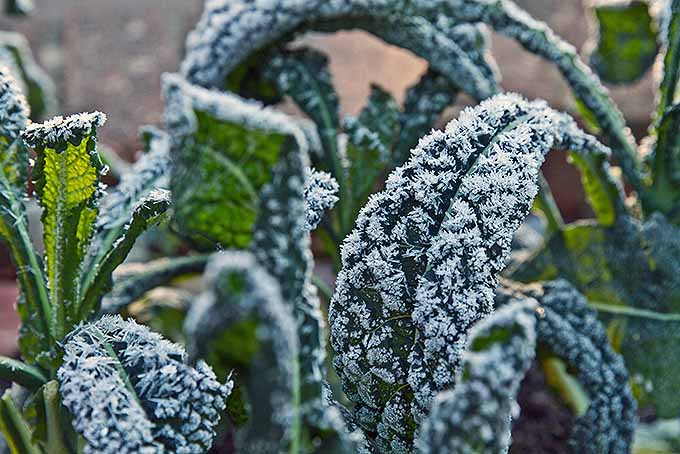

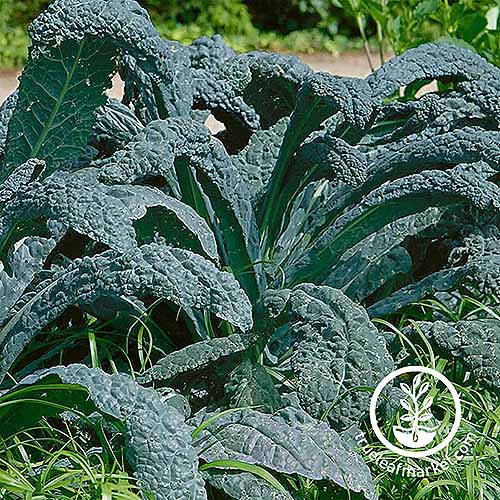
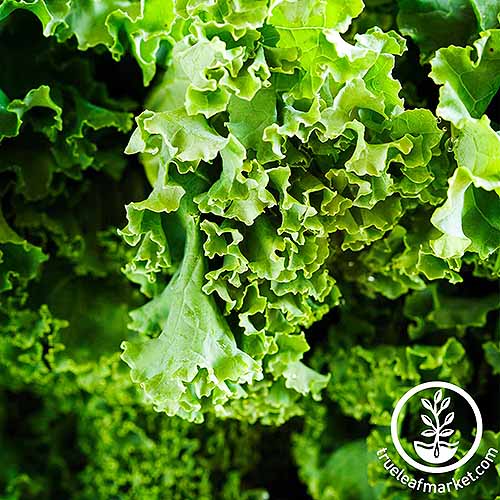
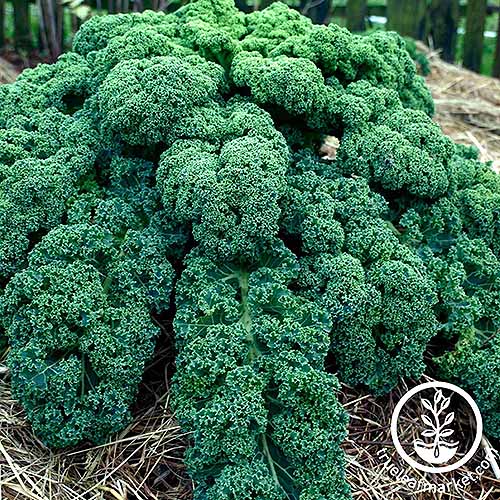
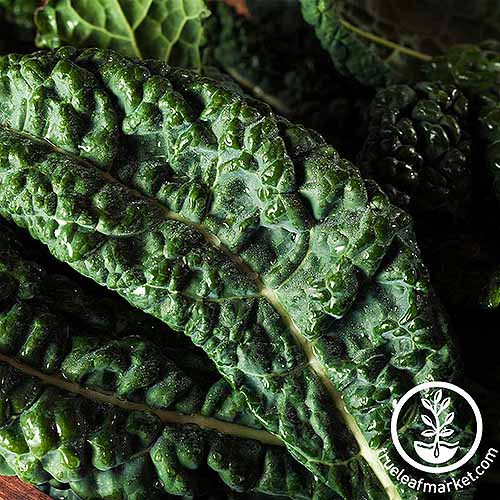
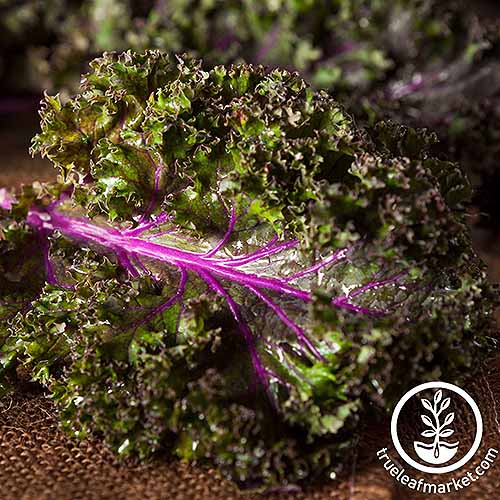
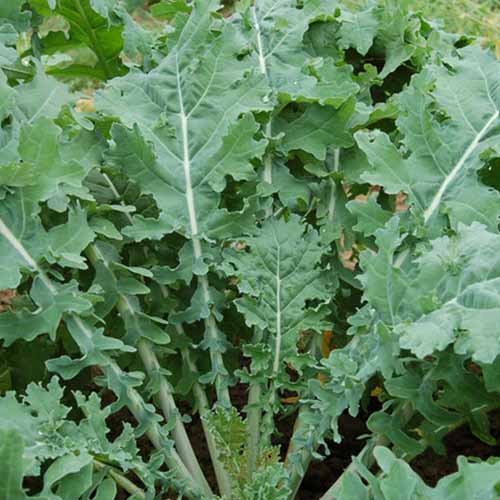
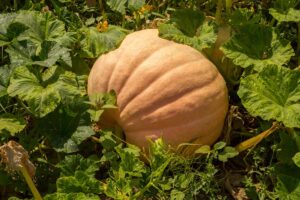
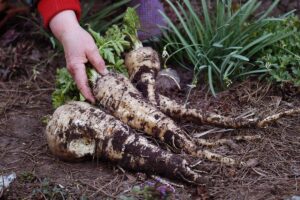
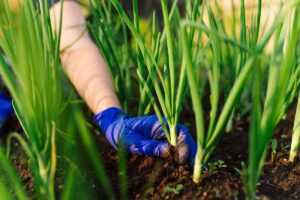
I would love to see if you had any idea what type my kale plant is that I have here.
i bought a punnet of kale which had different varieties in it. The label said “winter wonderland” But didn’t give a description of what types of kale.
I love the vibrant colour and would love to know it’s name so I can grow it again. It’s to late to let it go to seed because I’ve already pulled it out before I thought about collecting seeds.
thank you
Hello Stacey –
It looks like Brassica napus subsp. pabularia ‘Red Russian.’ Here’s our article on the species.